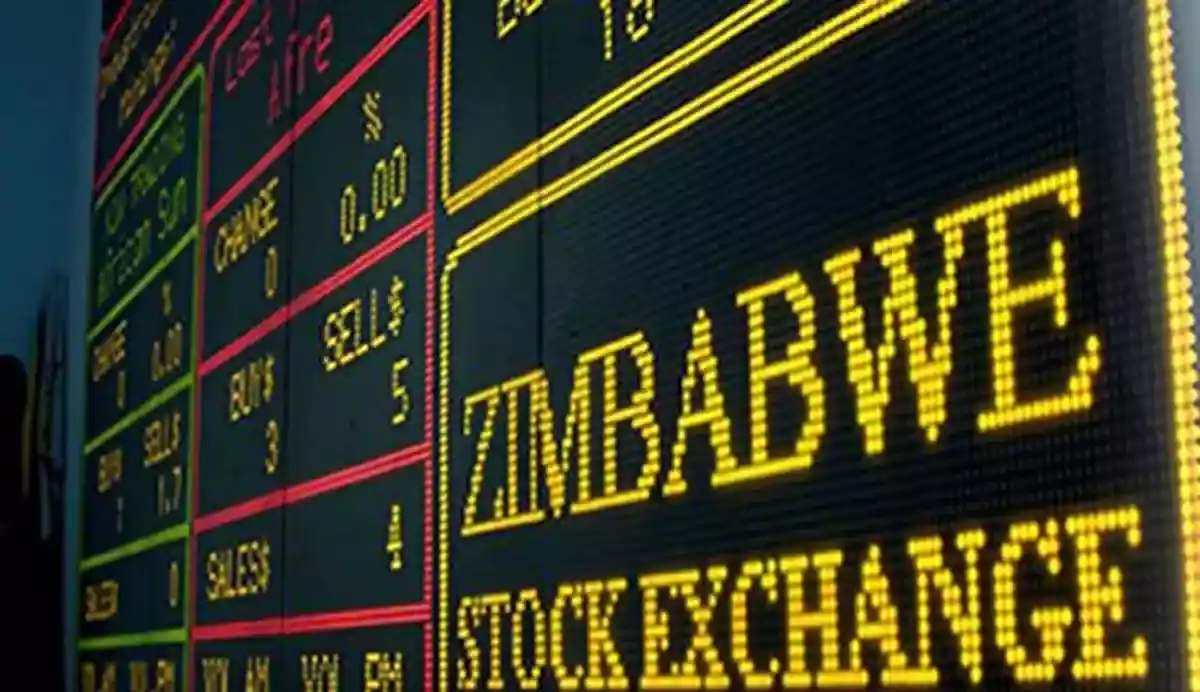
FORGET cash flows, ignore earnings, and toss your valuation models in the bin — ZSE Holdings Limited is rewriting the playbook.
With all the growth potential of a parked bus and net profit that’s barely enough to buy a three-bedroom house in Harare, ZSE Holdings is somehow commanding a tag of US$13,5 million.
Welcome to the age of valuation by vibes. Join me as we unravel this mystery wrapped in optimism and sprinkled with financial delusion.
First, let’s imagine the best possible future for ZSE Holdings. Let’s pretend it’s one of the fastest-growing companies in Zimbabwe. We’ll say its revenue goes up by 25% in 2025 and keeps growing by about 20% every year for the next 10 years. Let’s also say it makes big profits, keeping 30% of its revenue as earnings each year. Because it’s a service business, it won’t need to spend much money to keep running — just about 1% to 1,5% of revenue.
And let’s say it makes a huge return on the money it invests — more than 90% in United States dollars. If we assume borrowing money gets cheaper too, we can use a WACC between 14% and 15% for the next five to 10 years. If all this came true, ZSE Holdings would be a huge success story and attract investors from all over.
But here’s the problem: even if we believe all these good things will happen, the company’s value still only comes to about US$9 million to US$10 million. That’s still about US$3 million to US$4,5 million less than the current listing value of US$13,5 million.
Now, let’s be more realistic, ZSE Holdings’ revenue growth will probably match Zimbabwe’s economy — about 4% to 5% each year. Its EBIT margins will probably be between 15% and 20%, and it will still face high borrowing costs. If nothing else changes, the fair value for this company is only around US$2,5 million to US$3 million — nowhere near US$13,5 million.
Right now, about 84% of ZSE Holdings’ revenue comes from listing fees. The company brings in about US$5 million to US$6 million in revenue and makes only about US$1 million to US$1,5 million in operating profit.
- Lessons for media from Kenya elections
- Kenya's top court to rule on disputed presidential election
- Several injured in crush at Kenyan presidential inauguration
- Kenya election was an exemplary performance: Ruto
Keep Reading
Unless a lot of new companies suddenly want to list on the VFEX or ZSE in the next few years, this isn’t going to change much. Zimbabwe’s risk is higher than other countries such as Kenya, South Africa, or the Philippines, so its EV/EBITDA should be much lower — not anywhere near the average of 9.4x which was used.
Let’s check the price-to-earnings (P/E) ratio too. ZSE Holdings makes about US$177 000 in net profit. If it’s worth US$13,5 million, that means its P/E ratio is 76x. That’s higher than big tech companies such as Uber (16x), Netflix (58x), or Meta (28x).
Even if we decide to use the ZSE-reported average net profit margin of 8,69%, the resulting P/E still comes out to approximately 24x, which is higher than the JSE Limited’s current P/E of 11,7x, and slightly below the S&P 500 average of 28x.
In the end, assigning a US$13,5 million sticker to a company pulling in US$6 million in revenue, showing no signs of meaningful growth, and earning under US$180 000 suggests we may be living in a time when market sentiment matters more than solid fundamentals.
- Mupanduki is a financial analyst. — Twitter: @SMRI_Institute, LinkedIn: https://www.linkedin.com/in/sylvester-mupanduki/






